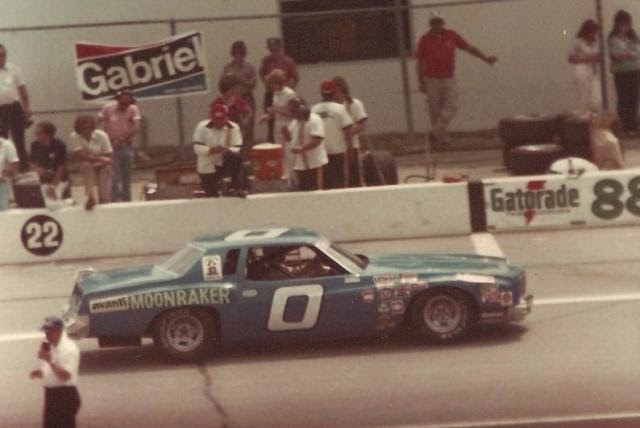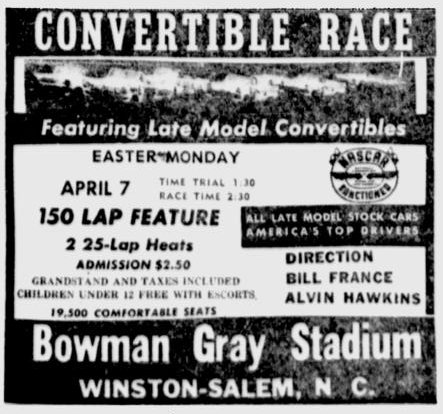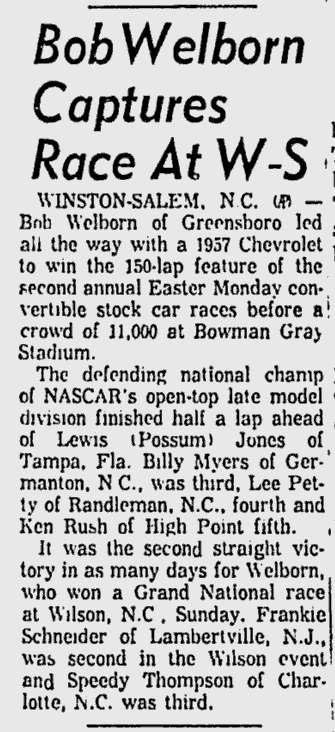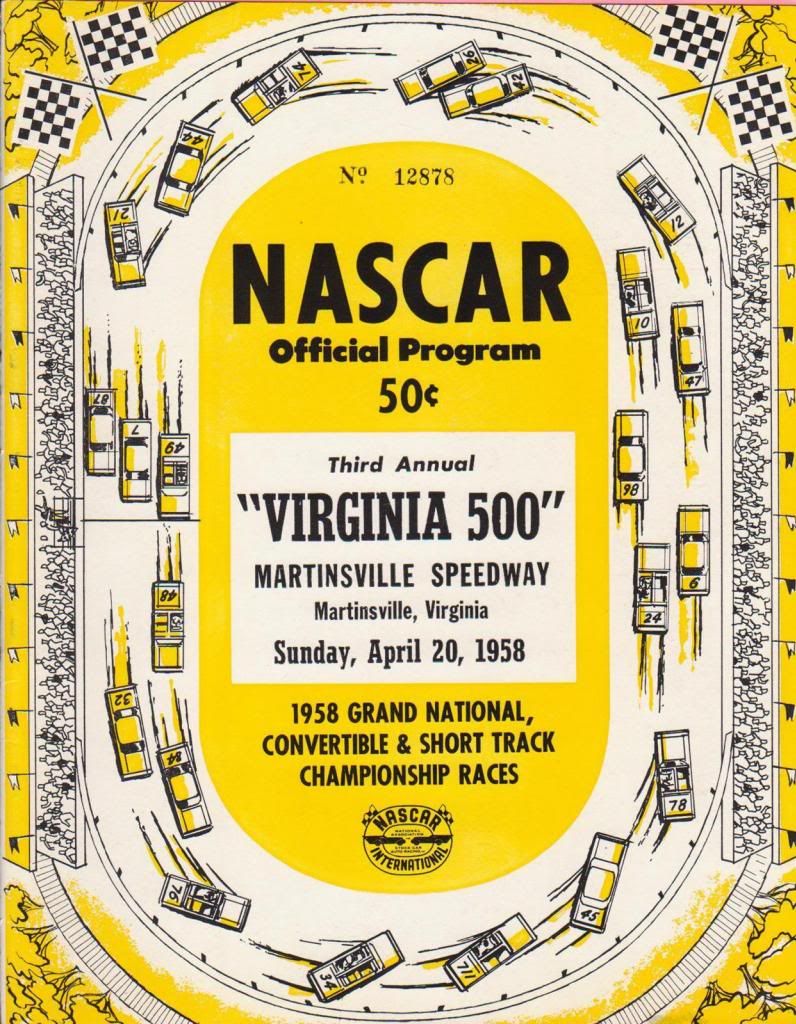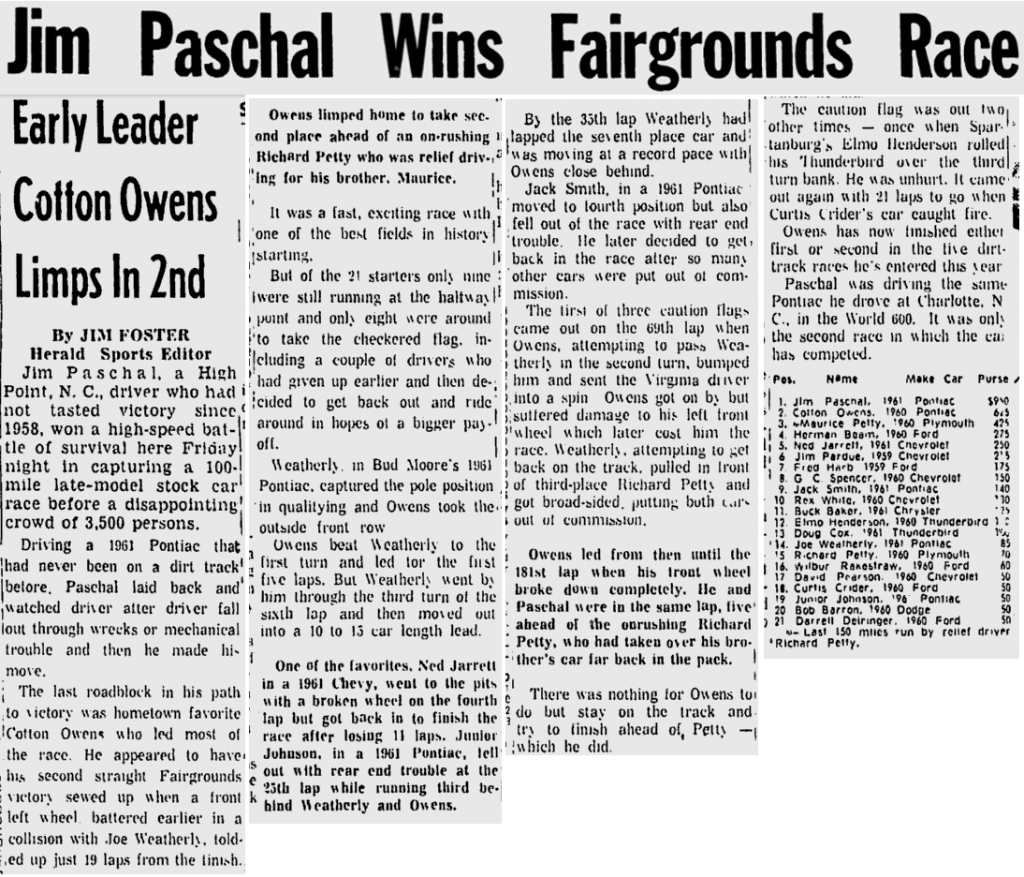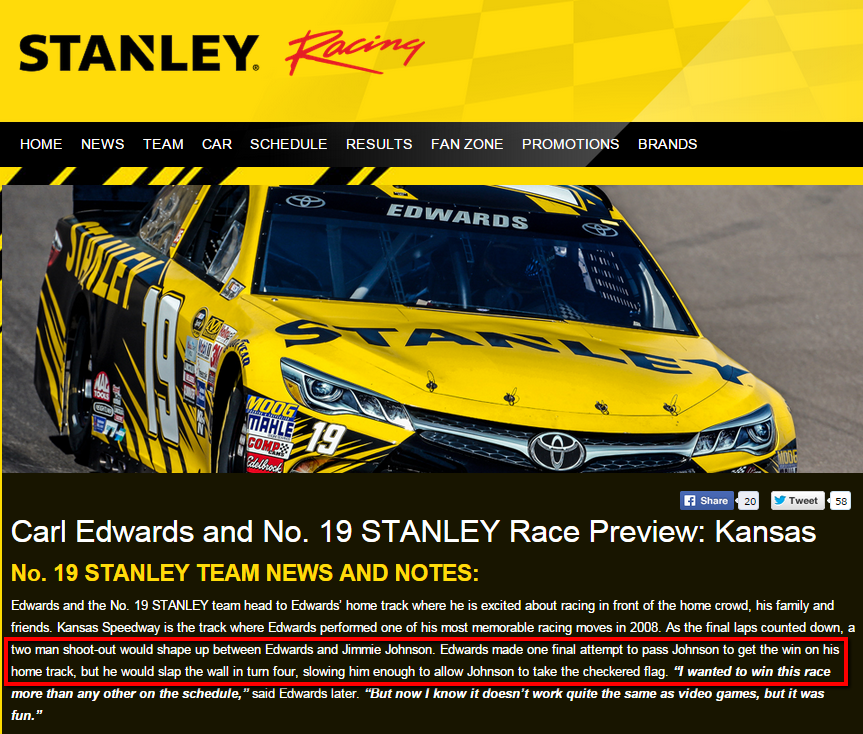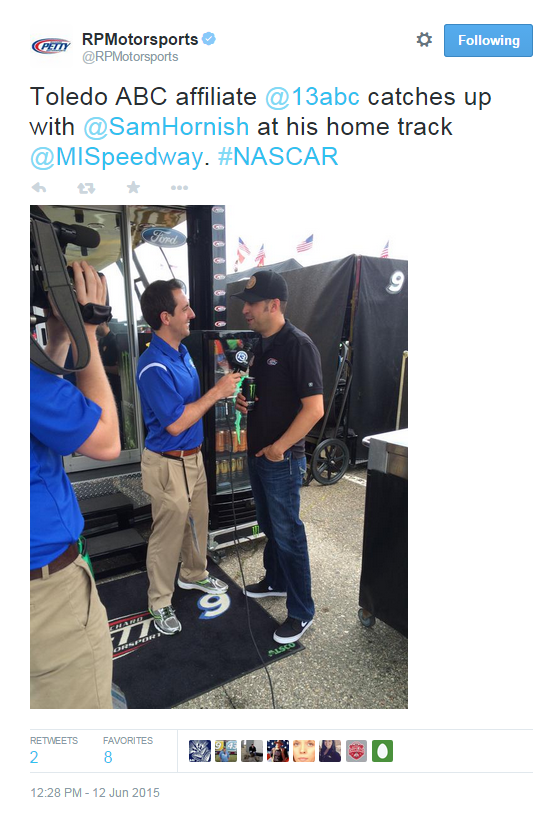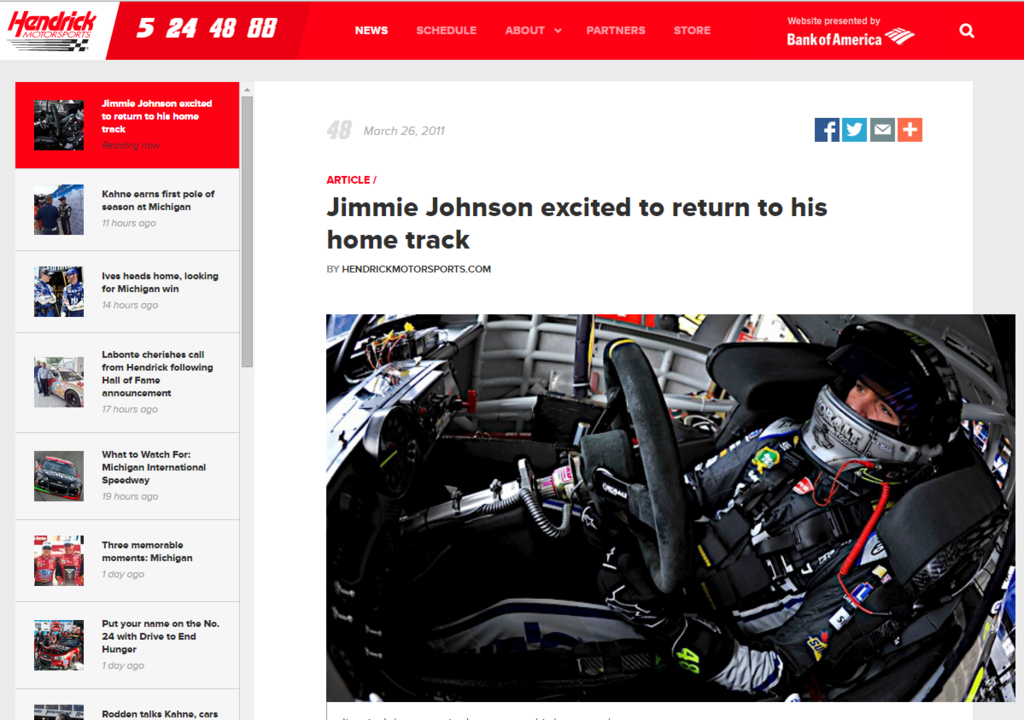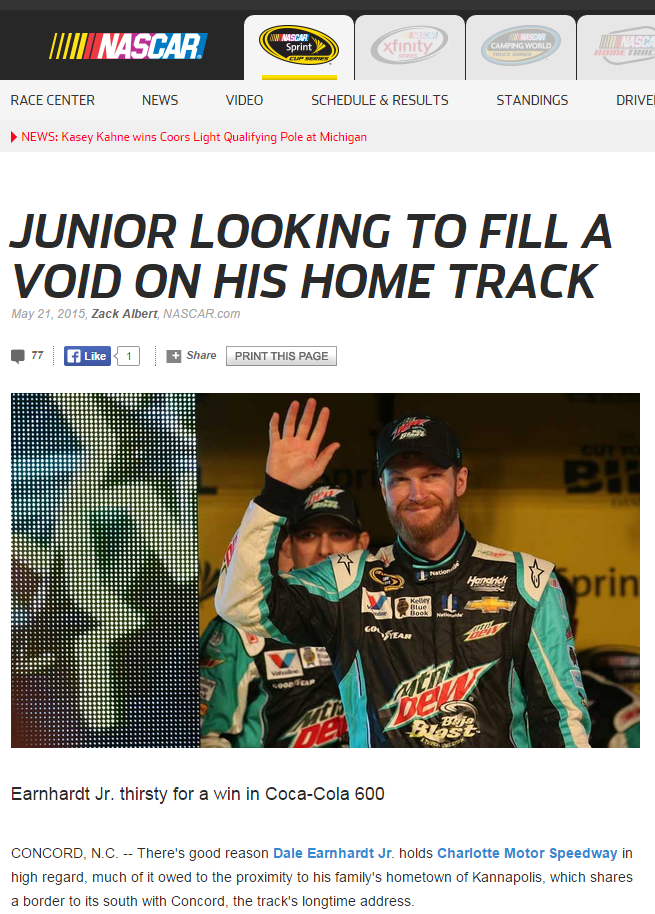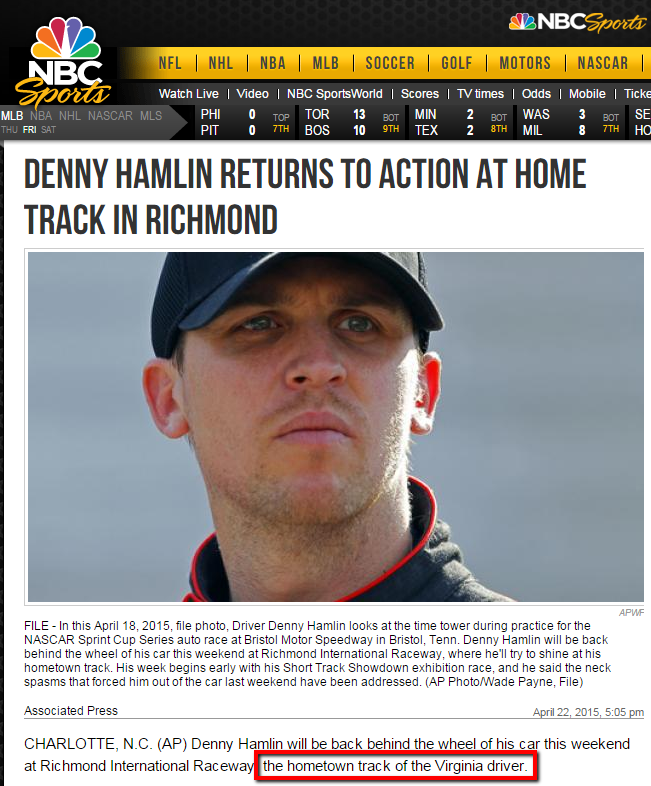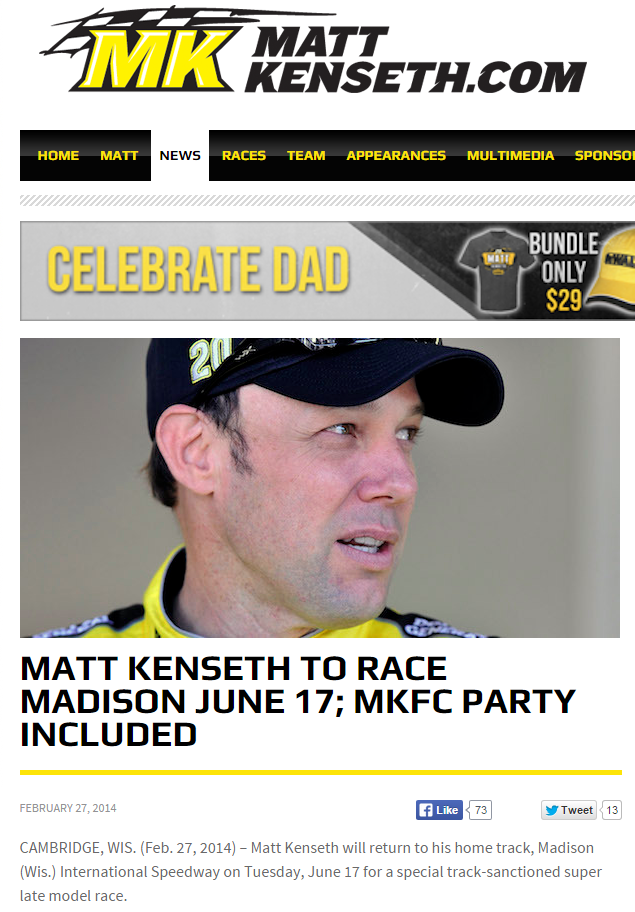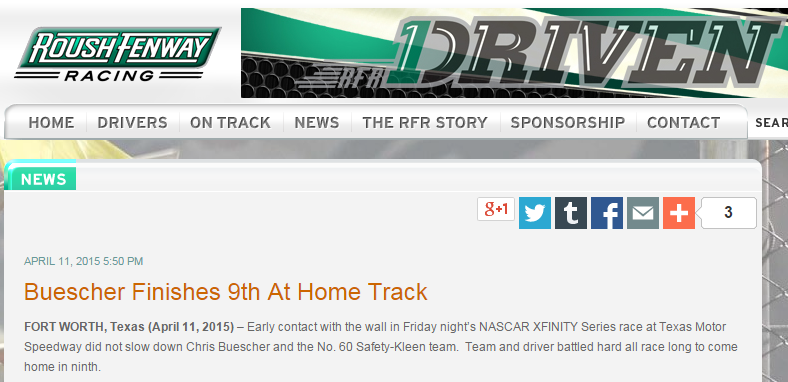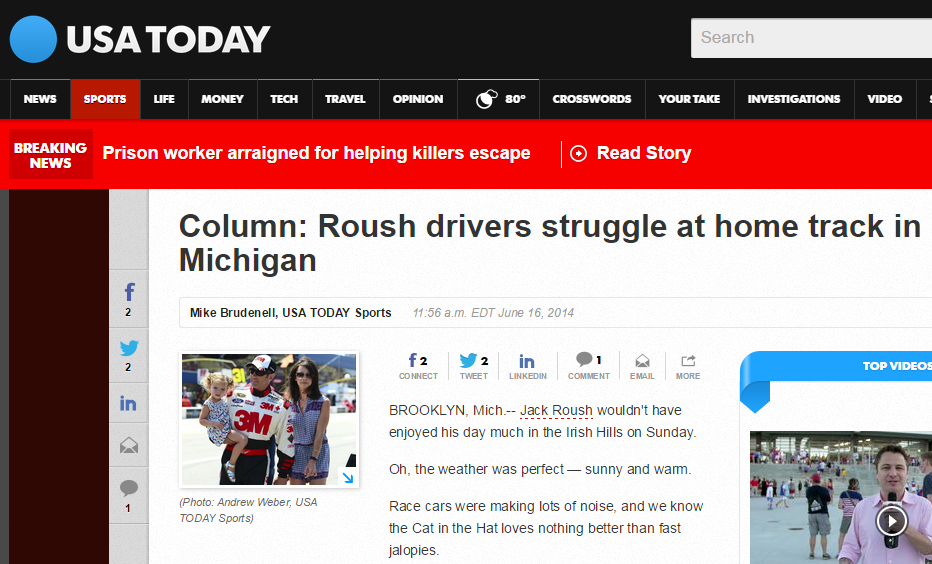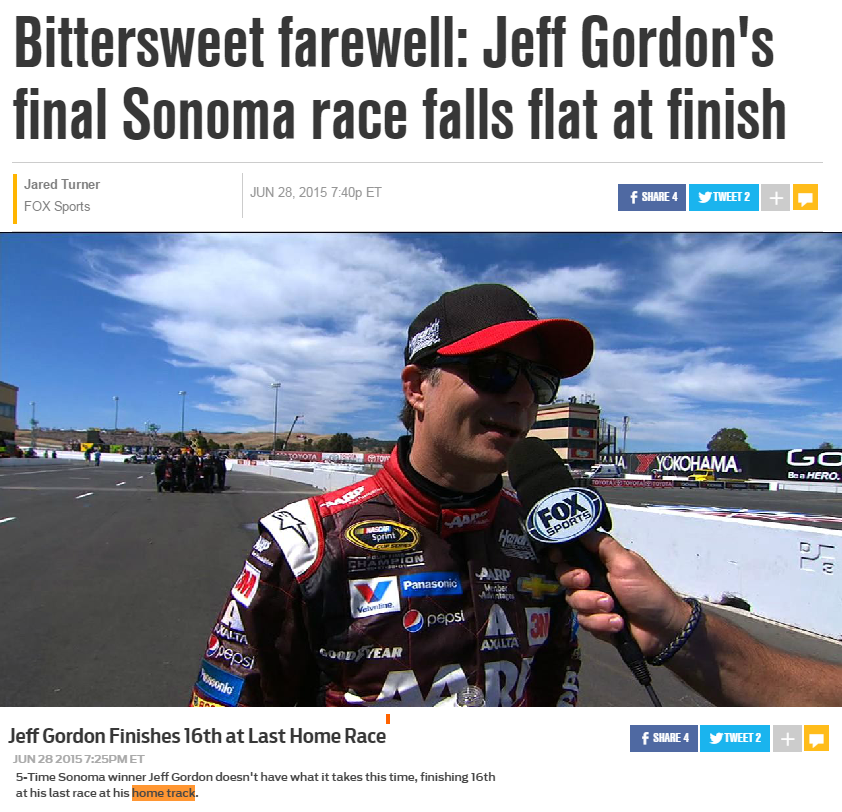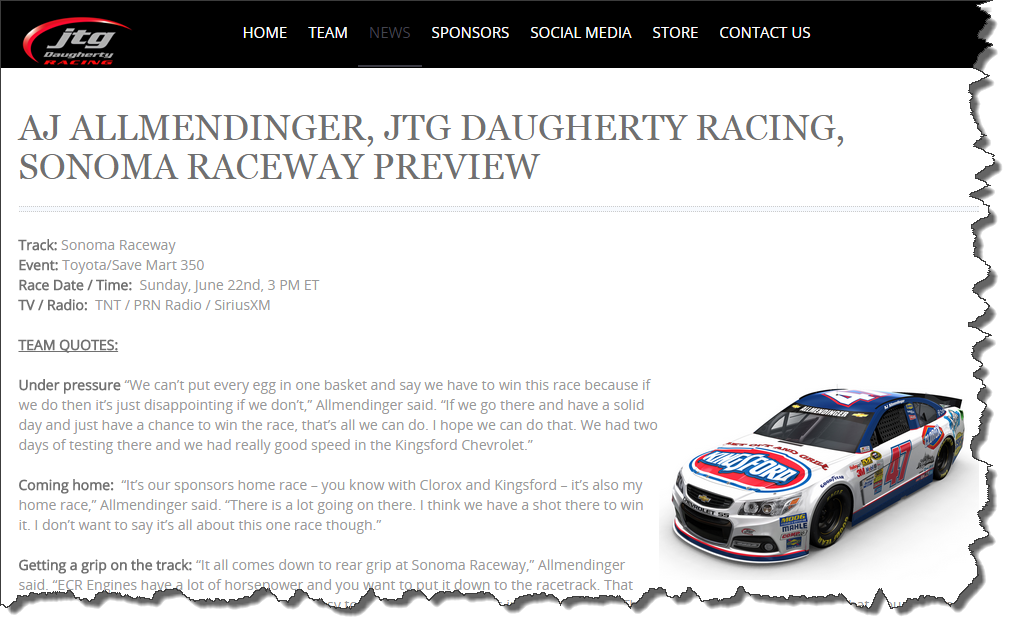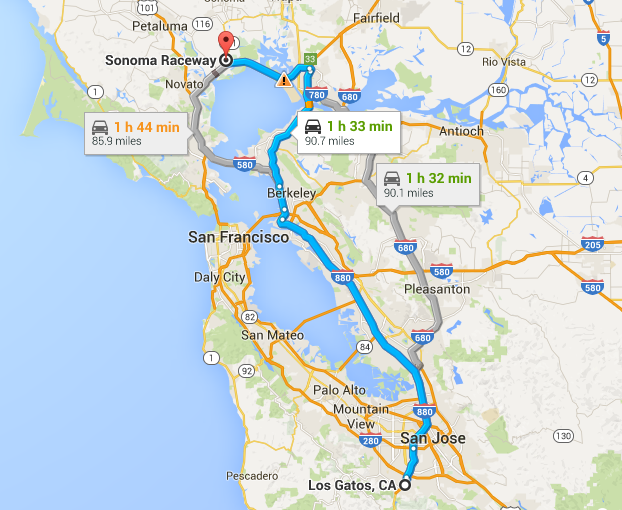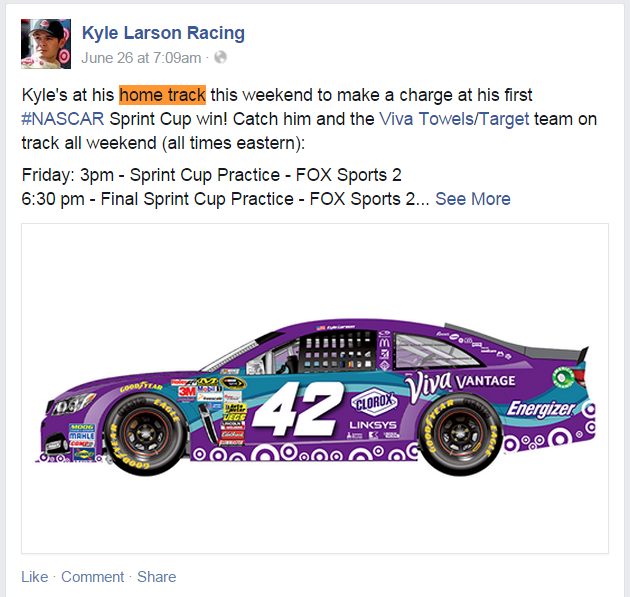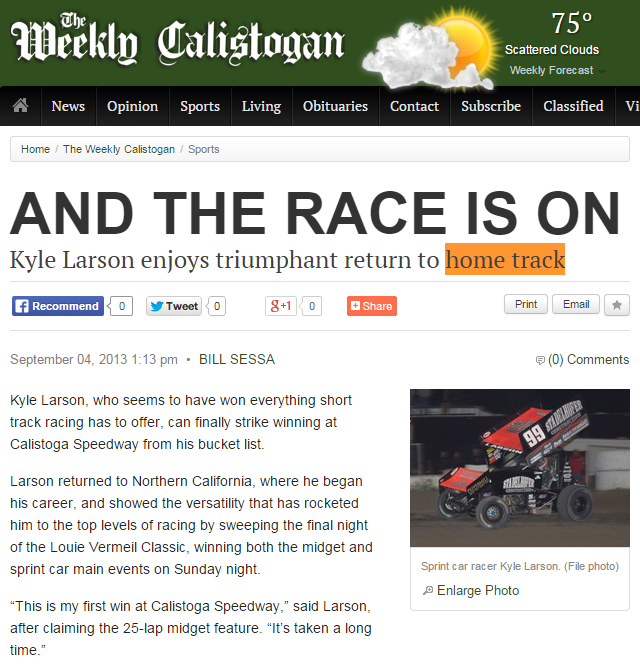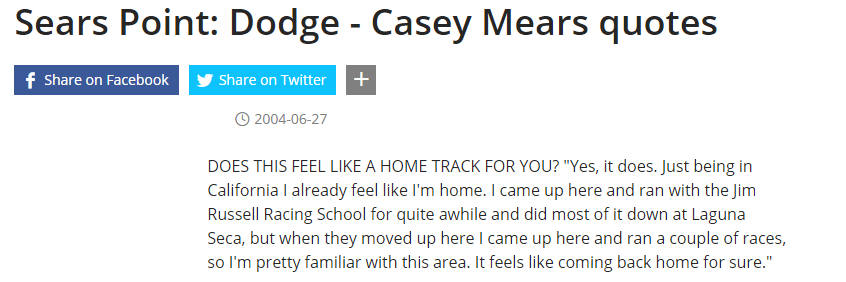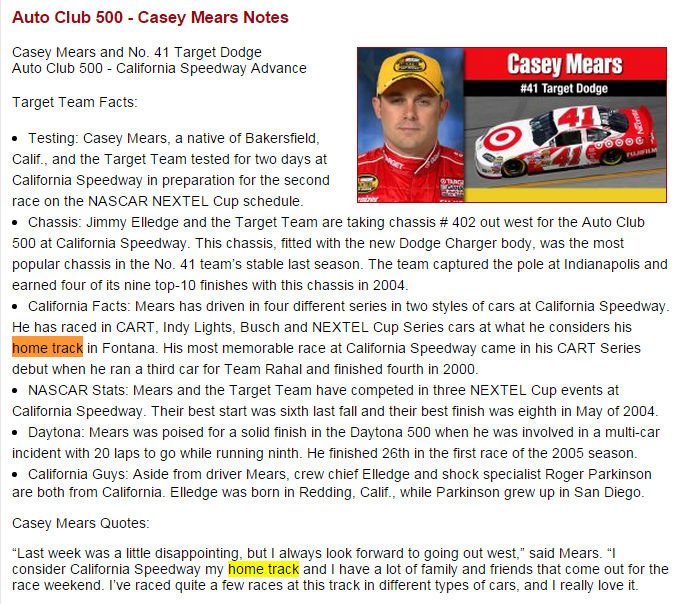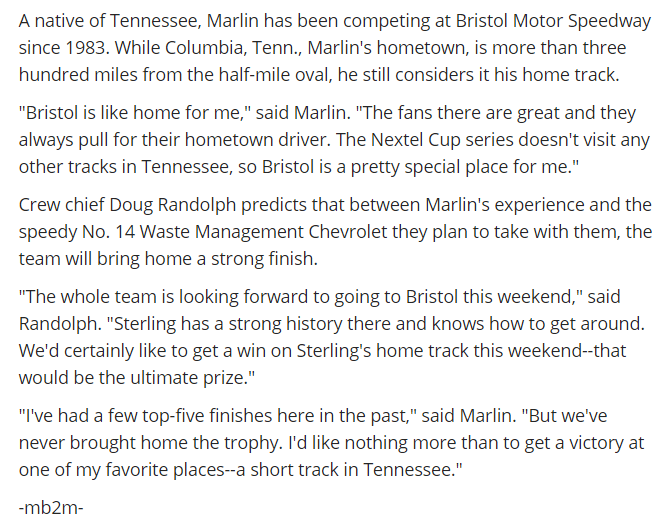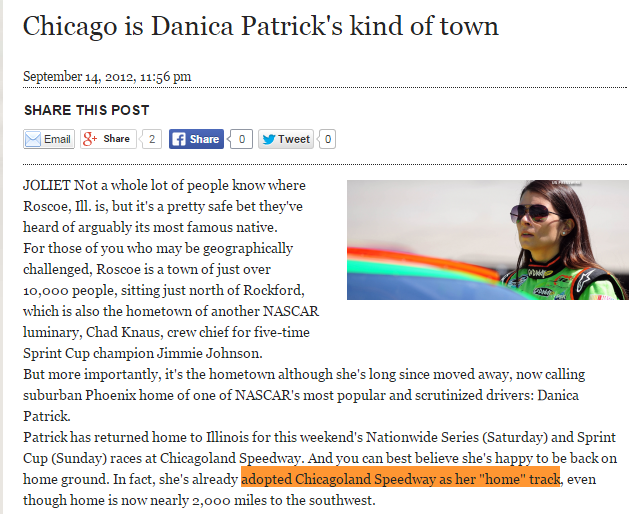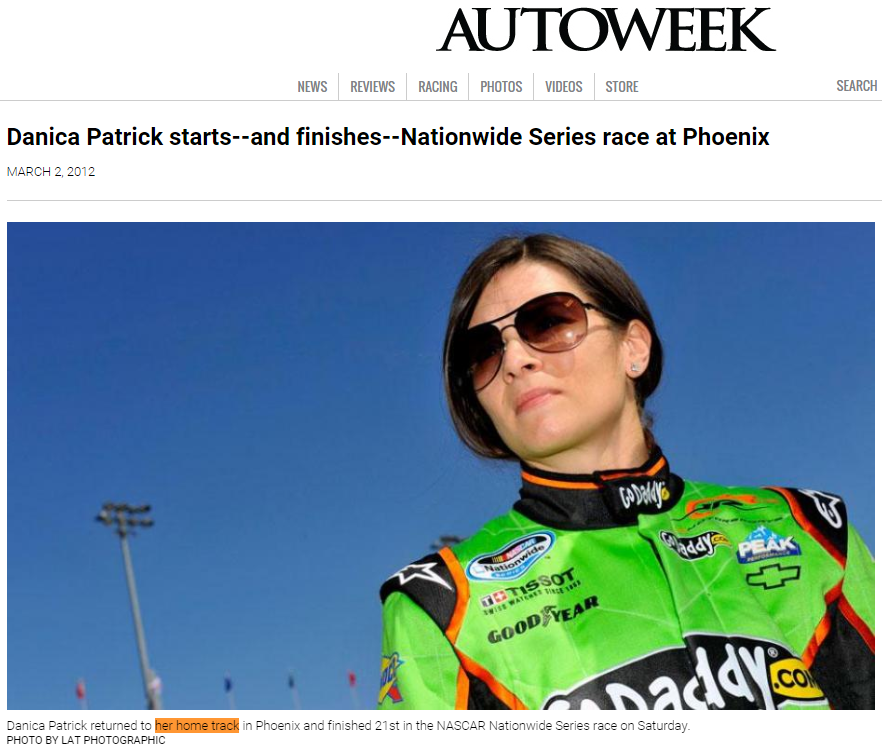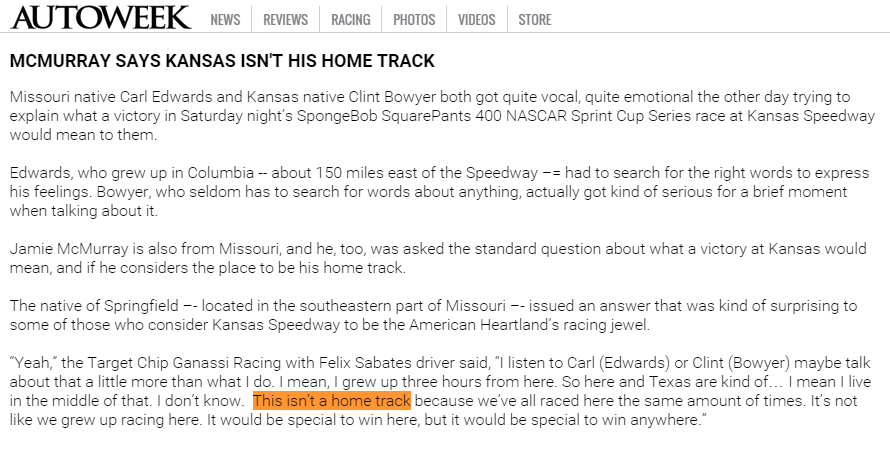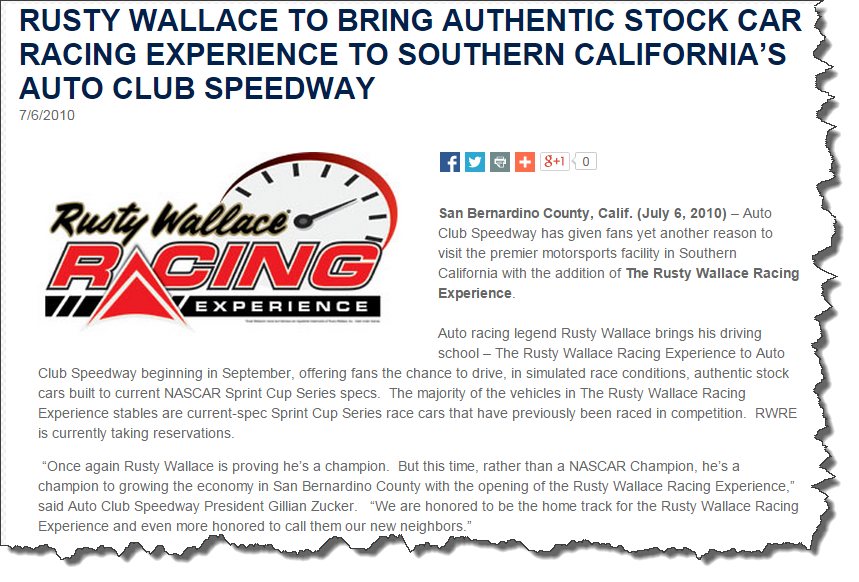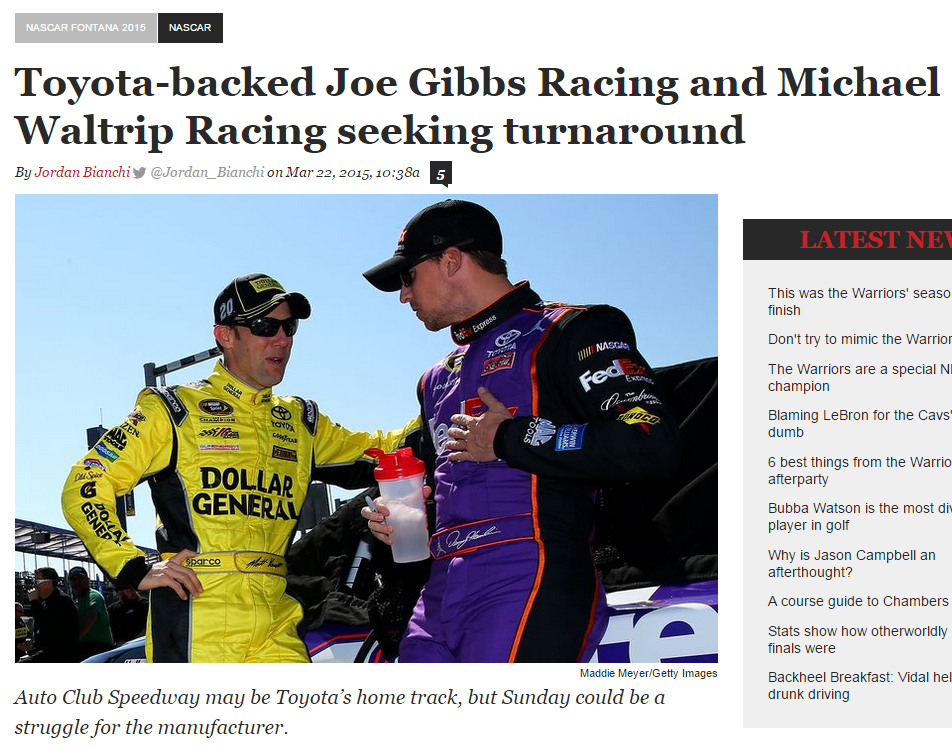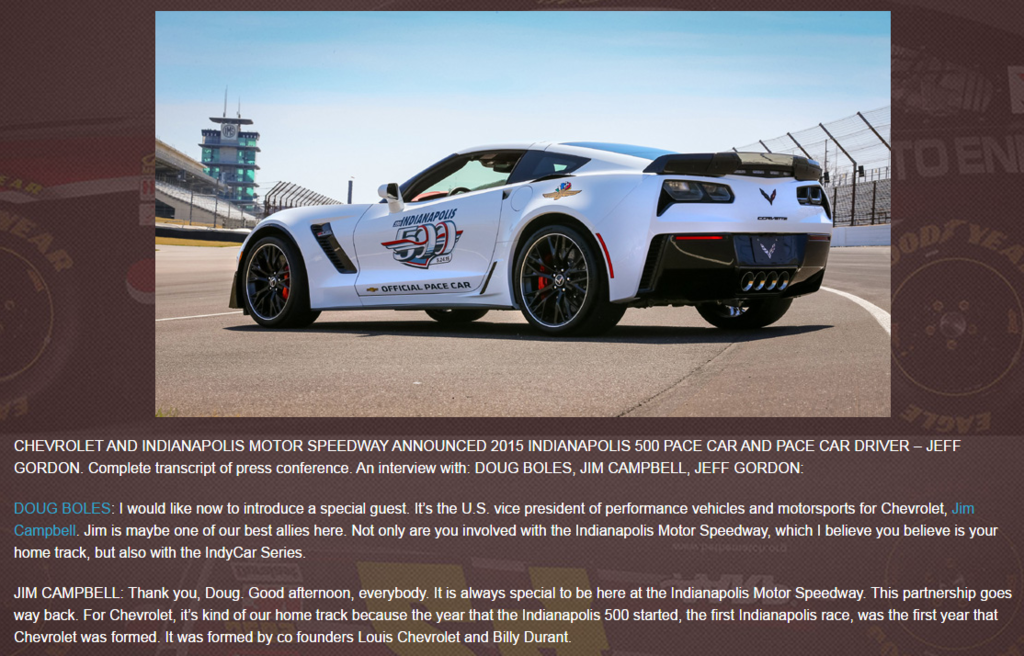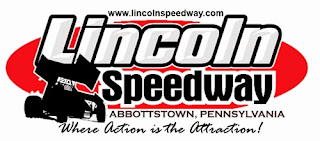Here is part 1 of my 2-part series about Henley Gray.
Now where was I? Oh yeah...
Petty portion of the story
In mid-1978, Richard Petty made the stunning announcement that Petty Enterprises was leaving Dodge and moving to General Motors. Though the move was carefully made, the readiness for it was not. Petty made his final start in a Dodge in the Talladega 500. Then it was on to Chevy.
Without much lead time, the Pettys had to rally a car. They bought a Monte Carlo from Cecil Gordon, re-worked it, re-painted it, and hauled it to Michigan for its debut. The car ran pretty well and Petty landed a 14th place finish, but he wrecked the car - the only one he had - near the end of the race.
With only six days to spare before the following race, the Volunteer 500 (Bristol's first night race), the team arranged with Gray to borrow his Monte Carlo. The car Henley provided seems to be the same one Elmo Langley raced at Dover - though originally slotted for Woody Fisher.
The Pettys masked the blue, painted STP day-glo red over the yellow, and raced the car to a fifth place finish.
The unfortunate part of the transaction for Gray, however, is his regular #19 Chevy was heavily damaged in a wreck with Dave Marcis and Frank Warren. Photographer David Allio captured the trio as the three cars came together.
Super Tex part of the story
When the Pettys decided to switch to GM, they purchased two cars - the Monte Carlo from Cecil Gordon and a Buick from A.J. Foyt. The Buick wasn't a popular choice for teams in 1978, but Foyt and car-builder Hutcherson-Pagan believed the body style had a favorable aero package.
Foyt was lightning quick in the Buick at Speedweeks. He won his 125-mile qualifying twin (the same race in which Woody Fisher exited on lap 1 in Henley's car) and was considered among the favorites in the 500.
Foyt spent a significant amount of time rehabbing his injury. But as he proved countless times in his decades of racing, a wreck never kept Super Tex down for long. A new Buick was constructed, and A.J. was ready to run again - this time at Talladega.
He qualified second but started at the rear of the field after pitting on the pace lap to fix an issue with his in-helmet radio. Once the green dropped, however, he served notice the Buick was back in business. In short order, he was up front with the Cup regulars. He finished third proving yet again the Hutcherson-Pagan built Buick was a hoss. It was logical Petty would be interested in the car.
The Petty team examined their new purchase and apparently ran some aero tests on it to compare to the numbers for other makes. At the time, they may have considered running it in superspeedway events in 1979 as A.J. had done in 1978. Instead, the team made the decision to build a new Olds Cutlas 442 speedway car to take to Daytona. The decision was a good one as the King won his sixth Daytona 500. Coincidentally, Foyt was third in his own, new Olds.
Back to Henley
Once the decision was made to build an Olds, the Pettys had no need for the Buick. The sheet metal was removed and given to Henley - perhaps as thanks for letting Richard borrow the Monte Carlo at Bristol. (What Petty Enterprises did with the Foyt chassis remains unknown.)
Henley and his son Steve re-skinned one of their cars (perhaps the one Dick May wrecked at Bristol) with the hand-me-down Buick sheet metal. Dick May raced the 'new' Buick at Martinsville and North Wilkesboro, and Elmo Langley was back behind the wheel of it at Rockingham - still painted in Foyt's Poppy Red paint.
With the 1979 season underway, Henley relied primarily upon the Monte Carlo as the car of choice for the drivers he hired. The Buick was brought to the track only a couple of times for back-to-back races at Nashville and Dover in May. Steve Spencer - Nashville's 1977 late model sportsman division champion - got the opportunity to make his Cup debut in the 1979 Sundrop Music City 420. He drove Henley's Buick, still painted Poppy Red, to a respectable 12th place finish.
The Monte Carlos continued to be painted yellow-and-blue - the scheme that began when it seemed Woody Fisher would be Gray's regular driver in early 1978. Virginia's Lennie Pond, the 1973 Winston Cup Rookie Of The Year, raced the #19 Monte Carlo in the 1979 Champion Spark Plug 400 at Michigan. Coincidentally, Richard Petty won the race - one year after he debuted his newly purchased Monte Carlo at the same track
As the 1980 season began, NASCAR's teams faced a mandated obsolescence deadline. NASCAR had announced all cars would be downsized to a 110-inch wheelbase chassis beginning in 1981. The teams had one remaining year to get all they could out of their 1970s era cars. Gray's team again used the Buick - presumably the same one used since getting the old Foyt sheet metal - but focused its use on the superspeedways. J.D. McDuffie raced it in the Daytona 500. John Anderson and Dick May raced it in the two Talladega races - now painted yellow-and-blue.
Dick May raced the Buick again at Texas World Speedway, and Henley's son - Steve Gray - raced the #1 Buick for what seems to be the final time in the CRC Chemicals 500 at Dover. (John Anderson raced Henley's #19 Chevy.)
Though 1981 brought new cars and the shorter wheelbase, it didn't bring a new car make or colors for Henley Gray's team. As did many other Cup teams in 1981-1982, Gray chose to run the Buick Regal. He kept the blue and yellow scheme and hired many familiar names to drive it including Dick May.
Henley dramatically cut back the number of races in which he fielded cars beginning in 1981. He continued to build cars on his own - as he'd done from the beginning - and entered a few races each year until he finally called it a career in 1993.
Gray is still around today. He runs his own trucking business in Rome, Georgia.
Thanks to John Evanich, Mark Agee, Jeff Droke, Chris Hussey and Russ Thompson for their assistance.
TMC
Now where was I? Oh yeah...
Petty portion of the story
In mid-1978, Richard Petty made the stunning announcement that Petty Enterprises was leaving Dodge and moving to General Motors. Though the move was carefully made, the readiness for it was not. Petty made his final start in a Dodge in the Talladega 500. Then it was on to Chevy.
Without much lead time, the Pettys had to rally a car. They bought a Monte Carlo from Cecil Gordon, re-worked it, re-painted it, and hauled it to Michigan for its debut. The car ran pretty well and Petty landed a 14th place finish, but he wrecked the car - the only one he had - near the end of the race.
With only six days to spare before the following race, the Volunteer 500 (Bristol's first night race), the team arranged with Gray to borrow his Monte Carlo. The car Henley provided seems to be the same one Elmo Langley raced at Dover - though originally slotted for Woody Fisher.
| Image may be NSFW. Clik here to view. 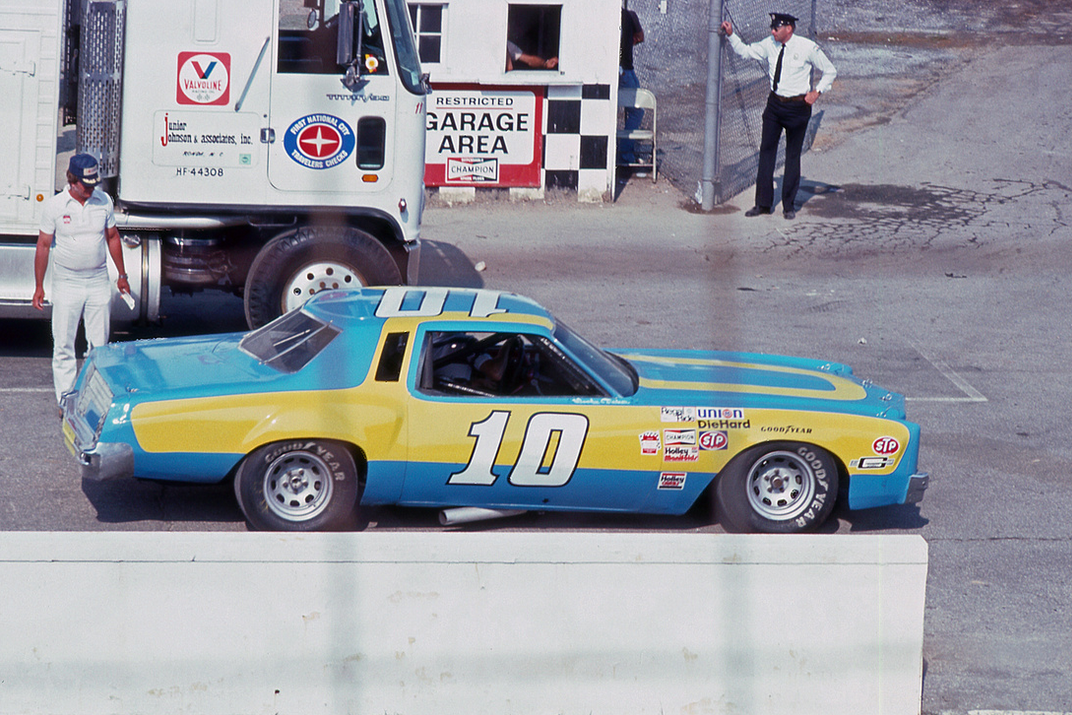 |
| Credit: Richard Stockman of RIS Photography |
| Image may be NSFW. Clik here to view. 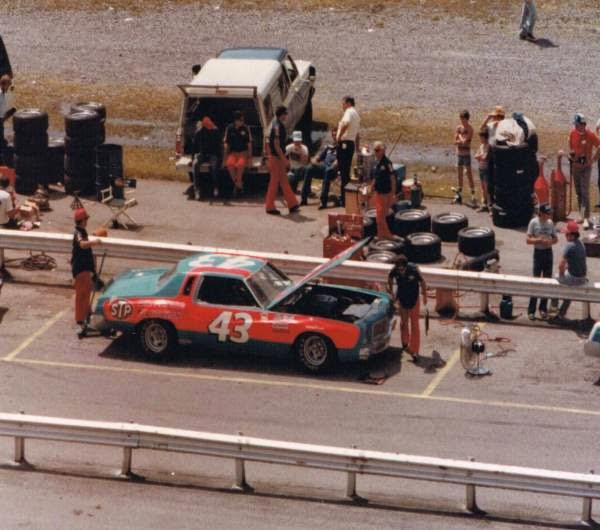 |
| Credit: Donald Evans at RacersReunion.com |
| Image may be NSFW. Clik here to view.  |
| Source: Spartanburg Herald Journal via Google News Archive |
When the Pettys decided to switch to GM, they purchased two cars - the Monte Carlo from Cecil Gordon and a Buick from A.J. Foyt. The Buick wasn't a popular choice for teams in 1978, but Foyt and car-builder Hutcherson-Pagan believed the body style had a favorable aero package.
| Image may be NSFW. Clik here to view.  |
| Source: Reading Eagle via Google News Archive |
Foyt spent a significant amount of time rehabbing his injury. But as he proved countless times in his decades of racing, a wreck never kept Super Tex down for long. A new Buick was constructed, and A.J. was ready to run again - this time at Talladega.
He qualified second but started at the rear of the field after pitting on the pace lap to fix an issue with his in-helmet radio. Once the green dropped, however, he served notice the Buick was back in business. In short order, he was up front with the Cup regulars. He finished third proving yet again the Hutcherson-Pagan built Buick was a hoss. It was logical Petty would be interested in the car.
The Petty team examined their new purchase and apparently ran some aero tests on it to compare to the numbers for other makes. At the time, they may have considered running it in superspeedway events in 1979 as A.J. had done in 1978. Instead, the team made the decision to build a new Olds Cutlas 442 speedway car to take to Daytona. The decision was a good one as the King won his sixth Daytona 500. Coincidentally, Foyt was third in his own, new Olds.
Back to Henley
Once the decision was made to build an Olds, the Pettys had no need for the Buick. The sheet metal was removed and given to Henley - perhaps as thanks for letting Richard borrow the Monte Carlo at Bristol. (What Petty Enterprises did with the Foyt chassis remains unknown.)
Henley and his son Steve re-skinned one of their cars (perhaps the one Dick May wrecked at Bristol) with the hand-me-down Buick sheet metal. Dick May raced the 'new' Buick at Martinsville and North Wilkesboro, and Elmo Langley was back behind the wheel of it at Rockingham - still painted in Foyt's Poppy Red paint.
With the 1979 season underway, Henley relied primarily upon the Monte Carlo as the car of choice for the drivers he hired. The Buick was brought to the track only a couple of times for back-to-back races at Nashville and Dover in May. Steve Spencer - Nashville's 1977 late model sportsman division champion - got the opportunity to make his Cup debut in the 1979 Sundrop Music City 420. He drove Henley's Buick, still painted Poppy Red, to a respectable 12th place finish.
The Monte Carlos continued to be painted yellow-and-blue - the scheme that began when it seemed Woody Fisher would be Gray's regular driver in early 1978. Virginia's Lennie Pond, the 1973 Winston Cup Rookie Of The Year, raced the #19 Monte Carlo in the 1979 Champion Spark Plug 400 at Michigan. Coincidentally, Richard Petty won the race - one year after he debuted his newly purchased Monte Carlo at the same track
| Image may be NSFW. Clik here to view.  |
| Courtesy of Ray Lamm |
| Image may be NSFW. Clik here to view.  |
| Source: Rome News-Tribune via Google News Archive |
| Image may be NSFW. Clik here to view.  |
| Credit: Steve Gray Facebook |
| Image may be NSFW. Clik here to view.  |
| Credit: John Betts of RacersReunion.com |
Gray is still around today. He runs his own trucking business in Rome, Georgia.
Thanks to John Evanich, Mark Agee, Jeff Droke, Chris Hussey and Russ Thompson for their assistance.
TMC









